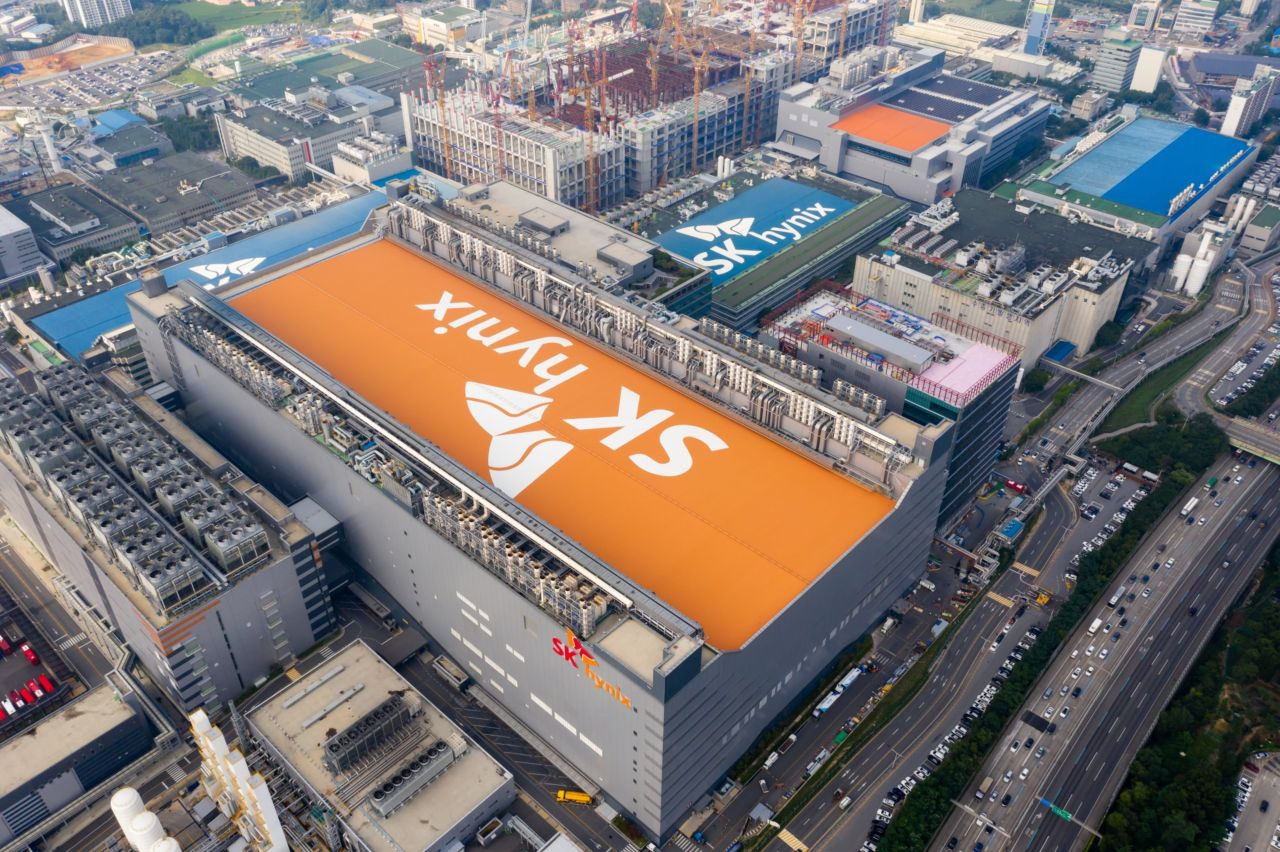SK hynix, hit with first operating loss in decade, to cut spending
Amid severe downturn in global chip market, firm reports first quarterly operating loss in decade
By Jo He-rimPublished : Feb. 1, 2023 - 16:11

South Korean memory chipmaker SK hynix reiterated Wednesday its plan to halve investment and reduce production of low-profit products this year, as the company witnessed a sharp drop in profit amid severe slump in the global chip market.
“Revenues continued to grow last year, but the operating profit decreased compared with a year earlier as the industry entered into a downturn from the second half,” SK’s Chief Financial Officer Kim Woo-hyun said during an earnings call for the fourth quarter of 2022.
“With uncertainties still lingering, we will continue to reduce investments and costs, while trying to minimize the impact of the downturn by prioritizing markets with high growth potential.”
Amid an ongoing slump in global chip demand, the world’s second-largest memory chip supplier witnessed its first quarterly operating loss in 10 years, amounting to 1.7 trillion won ($1.38 billion) in the October-December period. The company reported in a regulatory filing that its revenues during the period on a consolidated basis were 7.69 trillion won, with a net loss of 3.5 trillion won.
The last time the chipmaker suffered from operating loss was in the third quarter of 2012, when it reported a loss of 2.4 billion won.
For the full year of 2022, annual sales edged up by 3.8 percent on-year to post 44.6 trillion won. But annual operating profit plunged by 43.5 percent on-year to stand at 7 trillion won, the company said.
The operating and net profit margins for the full year were 16 percent and 5 percent, respectively.
Attributing its poor performance to the broad and persistent volatility in the macro business environment which caused a downturn in demand and the price of memory chips, the company said it will reduce its shipment volume by a double-digit figure for DRAM, and by a single-digit figure for NAND flash in the first quarter of this year compared to that of 2022.
"The company will also cut down consolidated investment by 50 percent from the previous year’s 19 trillion won," Kim added during the earnings call.
The company first announced the decision in October. As there have not been any significant market changes since then, the company is sticking to its original plan and will not consider further capital expenditure cuts, Kim added.
Industry experts do not expect an increase in supply of memory chips, as market players are planning to reduce investments and production, which will lead the inventories to peak within the first half, the CFO said.
At the same time, the company said it predicts market conditions will gradually improve in the latter part of this year.
The company said demand for next-generation standard products like DDR5 and High Bandwidth Memory will also go up, with the markets for artificial intelligence, big data and cloud computing on the rise. It will secure full readiness to supply these products, Kim said.
“Intel’s launch of new server CPU adopting DDR5 and apparent positive signs of demand for new AI-based server memory chips bode well for a quick business turnaround,” he said.
“With the world’s best technologies for DDR5 for data centers and 176-layer NAND flash-based enterprise SSD, we expect to see a quick turnaround when the market bottoms out.”
By Jo He-rim (herim@heraldcorp.com)

















![[KH Explains] Hyundai's full hybrid edge to pay off amid slow transition to pure EVs](http://res.heraldm.com/phpwas/restmb_idxmake.php?idx=652&simg=/content/image/2024/04/18/20240418050645_0.jpg&u=20240418181020)

![[Today’s K-pop] Zico drops snippet of collaboration with Jennie](http://res.heraldm.com/phpwas/restmb_idxmake.php?idx=642&simg=/content/image/2024/04/18/20240418050702_0.jpg&u=)